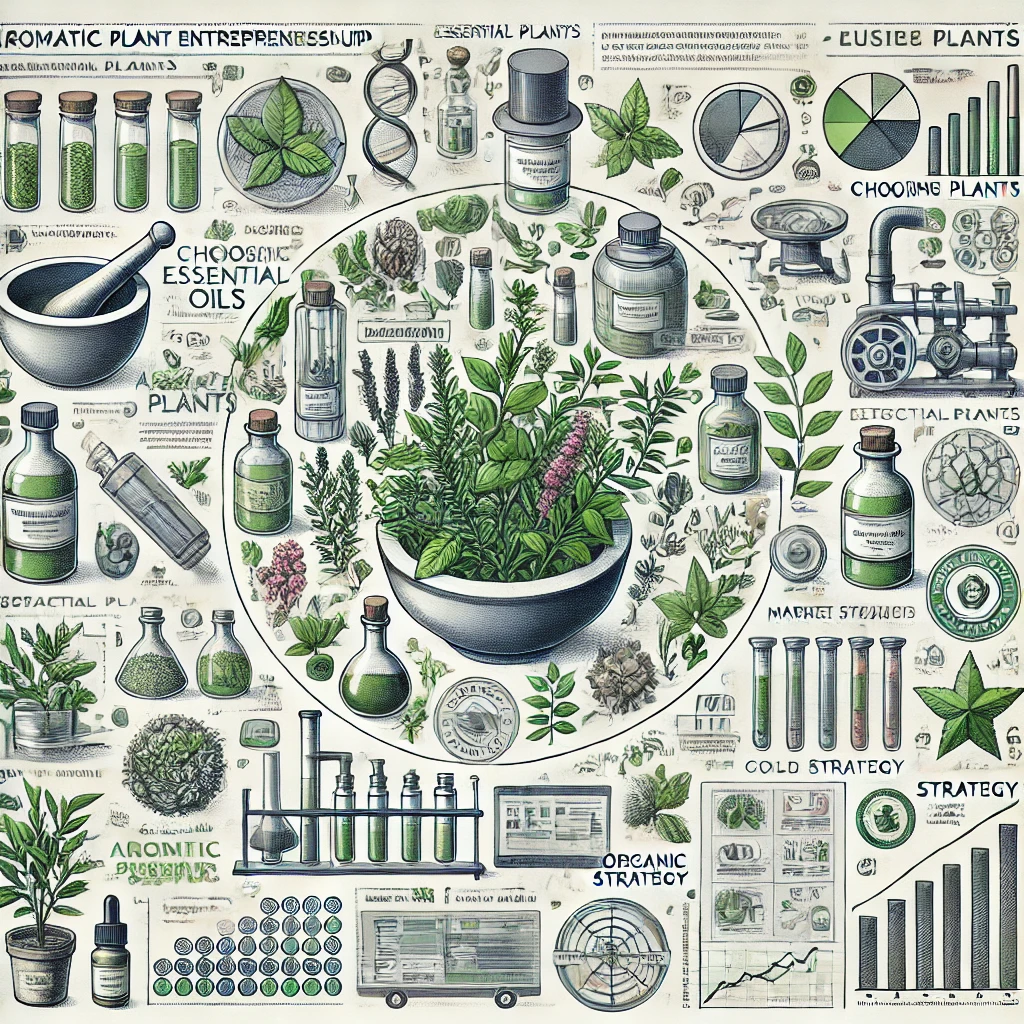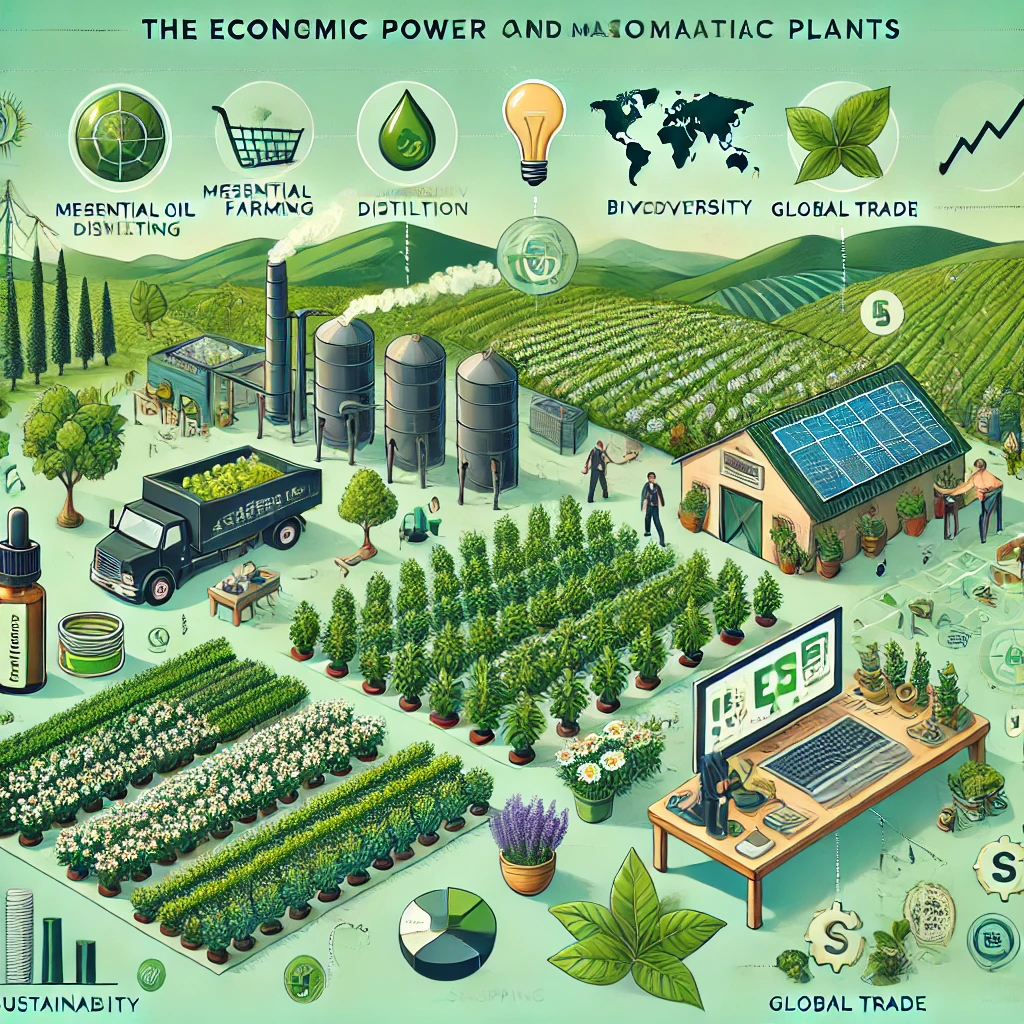Empowering Agricultural Cooperatives: An Innovative Training Methodology

From Soil to Success: Exploring Entrepreneurship in Medicinal and Aromatic Plants
Medicinal and aromatic plants (MAPs) have been valued for centuries for their healing properties, culinary uses, and fragrant qualities. With the rising demand for natural and sustainable products, entrepreneurship in this sector presents an exciting opportunity for those looking to combine passion with profit. Here’s a detailed guide to navigating the path from soil to success in MAP entrepreneurship:
1. Understanding the Market Potential
The global market for medicinal and aromatic plants is booming, fueled by trends in health, wellness, and natural living. Key sectors include:
•Pharmaceuticals: Ingredients for herbal medicines and supplements.
•Cosmetics: Essential oils, natural fragrances, and skin-care products.
•Food and Beverages: Herbal teas, spices, and flavorings.
•Aromatherapy: Oils and products for relaxation and mental health.
Entrepreneurs can capitalize on this growing demand by identifying niche markets and unique selling propositions.
2. Selecting the Right Plants
Choosing the right plants is critical to success. Factors to consider include:
•Climate and Soil Suitability: Match plants like lavender, chamomile, or basil to your local conditions.
•Market Demand: Focus on high-demand plants such as turmeric, ginger, and peppermint.
•Value Addition: Prioritize plants that can be processed into oils, extracts, or powders for greater profitability.
3. Sustainable Farming Practices
Sustainability is key to gaining consumer trust and complying with regulations:
•Organic Cultivation: Avoid synthetic fertilizers and pesticides.
•Water Conservation: Use drip irrigation and rainwater harvesting.
•Soil Health Management: Incorporate composting and crop rotation.
These practices not only reduce environmental impact but also enhance the quality of your produce.
4. Building a Value Chain
MAP entrepreneurship involves more than farming. Creating a value chain ensures a steady revenue stream:
•Processing: Invest in distillation units for essential oils or drying systems for herbs.
•Packaging: Use eco-friendly, appealing designs that reflect your brand values.
•Distribution: Sell through online platforms, local markets, or partnerships with wellness brands.
5. Marketing Your Products
Effective marketing is essential for reaching your audience and standing out in the competitive market:
•Brand Storytelling: Highlight the natural, sustainable, and ethical aspects of your products.
•Digital Presence: Leverage social media, blogs, and e-commerce sites to showcase your offerings.
•Collaborations: Partner with spas, health food stores, and wellness influencers.
6. Overcoming Challenges
Like any business, MAP entrepreneurship comes with challenges such as:
•Regulatory Compliance: Ensure adherence to certifications like organic or fair-trade labels.
•Competition: Differentiate your products through innovation and quality.
•Weather Risks: Diversify crops to mitigate the impact of climatic variations.
7. Inspiring Success Stories
Many entrepreneurs have found success in this field by embracing innovation and sustainability:
•A small lavender farm turned into a thriving essential oil business with exports to international markets.
•An entrepreneur who used local medicinal plants to create a popular herbal tea brand.
Conclusion
Medicinal and aromatic plant entrepreneurship offers a unique blend of passion, sustainability, and profitability. By understanding the market, choosing the right plants, and embracing sustainable practices, you can build a thriving business that contributes to both personal success and environmental well-being. Whether you’re just starting out or looking to expand, the journey from soil to success is full of opportunities waiting to be seized. 🌱




